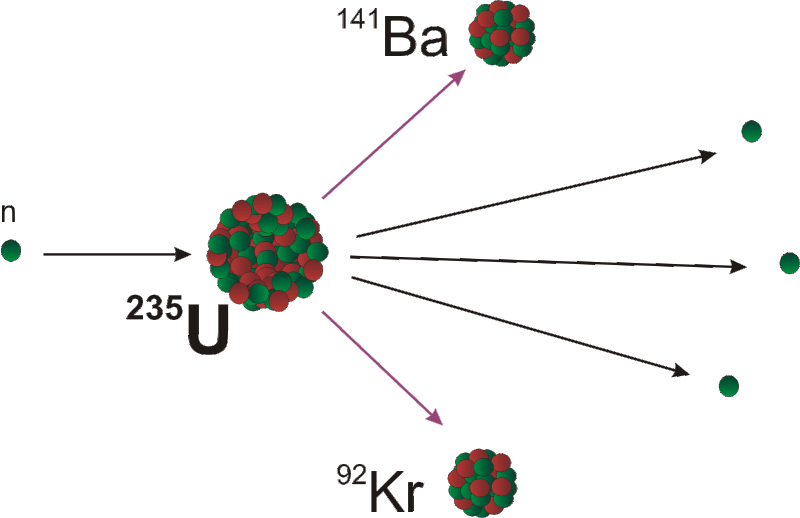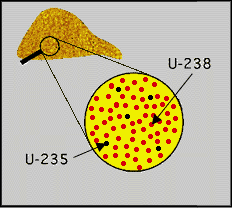(nuclear power)
The density of uranium is 65%, it conducts electricity and is slightly paramagnetic
Researcher and author: Dr. ( Afshin Rashid)
Note: Uranium is a silvery-white metal with weak radioactive properties, which is a little softer than steel. This thorn hammer metal is a conductor of electricity and slightly paramagnetic.
The density of uranium is 65% higher than the density of lead. If the uranium is well separated, it is strongly affected by cold water and oxidizes against the air. Uranium extracted from mines can be chemically transformed into uranium dioxide and other species that can be used in industry.
Uranium species in industry
There are three types of uranium in industry:
• Alpha (Orthohombic) which is stable up to 667.7 degrees.
• Beta (Tetragonal) which is stable from 667.7 to 774.8 degrees.
• Gamma (Body-centered cubic), which is stable from a temperature of 774.8 degrees to the melting point. (This is the most conductive and malleable form of uranium.)
Its two important isotopes are U235 and U238>, which U235 is the most important for reactors and nuclear weapons. Because this isotope is the only isotope that exists in nature and is split by thermal neutrons in every possible amount. The U238 isotope is also important because it absorbs neutrons to produce a radioactive isotope and decays it into the Pu239 plutonium isotope. The artificial isotope U233 is also fissile and is created by neutron bombardment of Thorium232. Uranium was the first element discovered that could be fissionable. For example, with the slow neutron bombardment of the isotope U235, it turns into the short-lived isotope U236 and immediately splits into two smaller nuclei, which releases energy and produces more neutrons. If these neutrons are absorbed by another U235 nucleus, the nuclear ring functions again. It happens if there is nothing to absorb the neutrons.
Conclusion :
Uranium, when refined, is a silvery-white metal with weak radioactive properties, which is a little softer than steel. This metal is malleable, conducts electricity and is slightly paramagnetic.
Researcher and author: Dr. ( Afshin Rashid)
Specialized doctorate in nano-microelectronics





